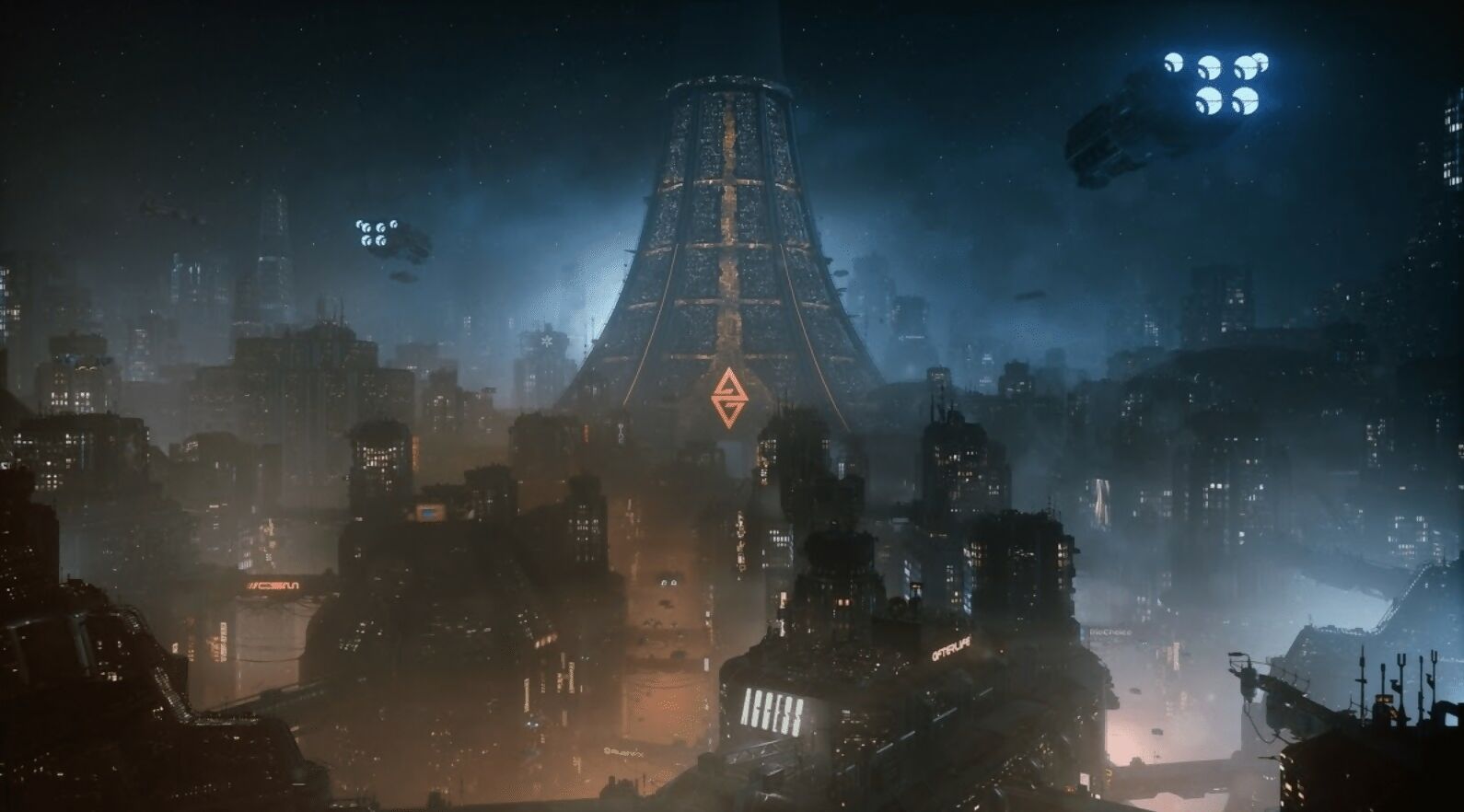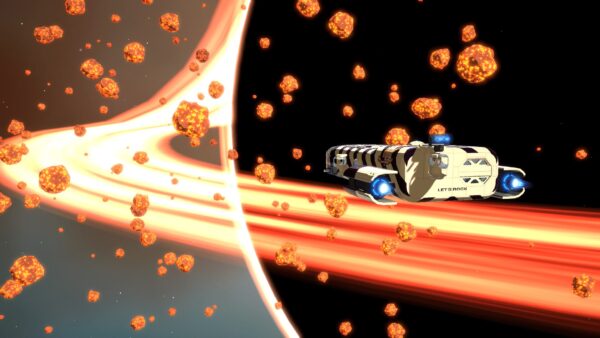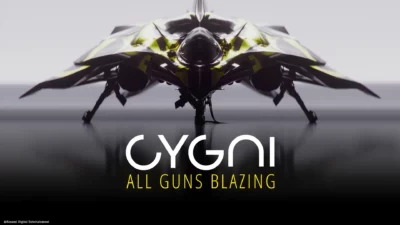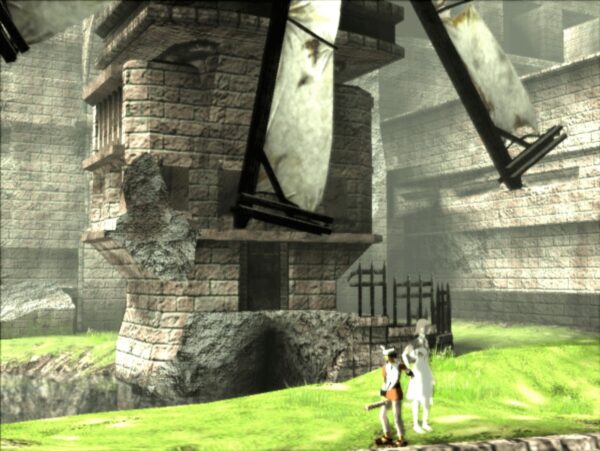
Spend a few hours with The Ascent, and you’ll realise its cyberpunk setting is more than merely a beautiful background for a fast-paced action RPG; it informs every aspect of the experience, and feels simultaneously exotic and grounded, detailed and legible.
Taking place in the densely populated world of Veles in the far future, The Ascent focuses on a gargantuan arcology (a portmanteau of ‘architecture’ and ‘ecology’ – see box) surrounded by an endless megacity. Here, indentured workers slave away for the profits of corporations, and carry weapons to work. It’s a hard, dangerous place to live in, albeit one filled with technological wonders and expensive pleasures for the rich; and as the ruling mega-corp crumbles, things are about to get more chaotic.
Tor Frick, Neon Giant’s co-founder and creative director, kindly agreed to shed some light on said chaos, and the workings of the game’s urbanism.
A cyberpunk metropolis with an arcology at its heart is a bold design choice. Care to describe the city’s overall structure?
Tor Frick: I don’t know if it’s bold, but we absolutely wanted to put a bit of a spin on the city itself. The planet and its infrastructure are focused on corporate arcologies. These are the focal points of commerce, and life on Veles. Each arcology is a city in its own right, and owned by different corporations. Interstellar travel is expensive, and people indenture themselves to afford the cost of passage. Those who can live in the arcologies, but many are forced into the endless slums that have emerged between them, forming one giant city. Life is short and brutal in this sprawl.
The game takes place in Ascent Group’s arcology, one of the major corporations on Veles. It stretches from beneath the city, where automated machines and robots [work] in vast machine halls and endless pipe networks, all the way up to the cloud layer where the rich live in luxury. As an indentured handyman, you spend most of your time repairing waste systems, or in your dwellings in the slums.

What’s the wider city called?
The city itself doesn’t have a name. It’s a vast metropolis spanning much of the planet’s surface, so we’re only referring to it with the planet’s name: Veles. How many live there is unknown; a vast amount, hundreds of millions at the very least.
What were your inspirations?
Books, comics, movies, games, you name it. If there’s sci-fi or cyberpunk in it, there’s a big chance we consumed it in one way or another. The Ascent is a love letter to those genres, with a myriad of references. Of course one has to mention the greats, such as Blade Runner, Akira, Ghost in the Shell, and Neuromancer. We’re trying to stand on the shoulders of giants and add our own take to the genre.
The population’s fascinating. We have oppressed workers, essentially slaves, working for corporations, but also aliens?
It’s absolutely aliens! It’s not exactly standard fare in cyberpunk, but we wanted a unique take on it. It’s also partially because of our camera angle; the camera is more zoomed out than normal, so we need to use bigger brush-strokes. Having an array of alien races of various sizes allowed us to also have a much more varied world, and more stories to tell. Everything needed to be quite exaggerated to read well and be visible. It’s a lot more fun to fight three-metre tall, lumbering space thugs instead of guys in slacks!
Oppression exists, but the world isn’t drowned in sadness. We wanted to bring as much life to it as we could, and that included bars, clubs, restaurants, and people living their lives, sometimes in a hedonistic way.

How did world-building and level design influence each other? Why did you emphasise the sci-fi aspect of cyberpunk?
For us, it was always important for the game to feel unified. The setting and gameplay can easily go on a collision course when you try to force themes or mechanics that don’t play well together.
We knew the game would feature a lot of explosions and general mayhem, so from the beginning, we knew that the setting needed to facilitate that.
The world needed to be chaotic, violent, run-down. Being run-down, the world also gave us the tools and context for including variety and density in it; from spaceship scrapyards to run-down slums and mob-run casinos.
Going for a more high-tech vibe was intentional. Partially because we love sci-fi, but also because it gives us more toys to play with, both narratively and in terms of world-building and gameplay. We wanted to bring in more fantastical and technical elements. Spaceship freighters slowly drive in the distance, hovering robots zip past overhead, and lumbering maintenance robots endlessly work on keeping the city running. This also allowed the setting to facilitate whatever crazy gameplay we came up with.
How much did the action RPG genre influence level design, and how much did the level design influence the city itself?
In short: a lot. With this kind of perspective, we knew we had to work with different rules than you do in a first- or third-person game. No more interesting buildings on the horizon, no more lights to guide the player. We needed different ways to design the city. To create a dense environment from this angle, with lots of life in it, the only choice was to use depth. This is where the arcology comes in. We were trying to add layers, show more of the world to the player. Verticality was key in showcasing the vastness of the city, as well as how dense and filled with life it is. We also tried to break genre conventions by occasionally changing camera views to frame things in a new way. Sometimes to instil a sense of larger scale, or to make things more intimate, and focus on the nitty-gritty of the city.





